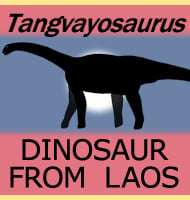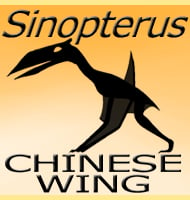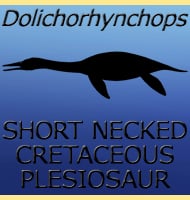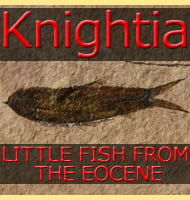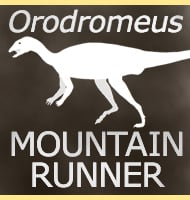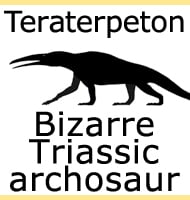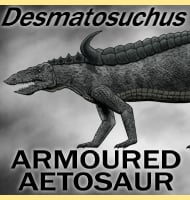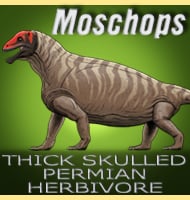In Depth
When Galesaurus was first named by the famous naturalist Richard Owen. He thought that he was naming a new genus of dinosaur, and later when Galesaurus was described in the very first issue of the journal Nature, T. H. Huxley also stated that Galesaurus was a small dinosaur. However, in modern times we are now confident that Galesaurus was not a dinosaur, but actually a cynodont. Galesaurus is often compared to the more famous Thrinaxodon, though there is no doubt that the two genera represent different cynodonts. The most complete specimens of Galesaurus seem to represent juveniles, but when these are scaled through comparison to larger less complete remains of adults, it is clear that Galesaurus was actually fairly large for a cynodont. Still, Galesaurus seems to have been just a bit smaller than Cynognathus, one of the largest cynodonts.
Further Reading
- On some reptilian fossils from South Africa. - Quarterly Journal of the Geological Society of London 16(1):49-62. - Richard Owen - 1859. - The morphology of the skull of a young Galesaurus planiceps and related forms. - Journal of Morphology 63, 3 - harold W. Rigney - 2005. - The Postcranial Skeleton of the Early Triassic Non-Mammalian Cynodont Galesaurus planiceps: Implications for Biology and Lifestyle. - dissertation - Elize Butler - 2009. – Cranial Ontogeny of the Early Triassic Basal Cynodont Galesaurus planiceps. – The Anatomical Record. 300 (2): 353–381. – Sandra C. Jasinoski & Fernando Abdala – 2017.


